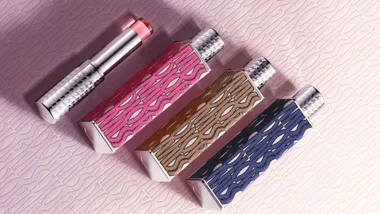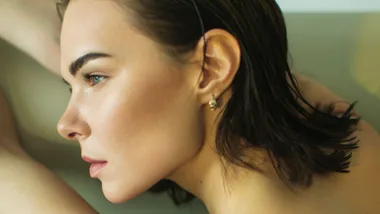Adolf Hansen leaned into Sally, his glamorous young wife, as she smiled and held him tighter. They swayed elegantly to the foxtrot tune the band was playing. All eyes were on Sally Hansen, sparkling like a rare gem even among the stars of Hollywood in 1935 until, finally, the music stopped. At the end of the night, Sally wrapped herself in her signature fur coat. For the second time that evening, her fingernail caught on the pelt as she pulled it around her. “Somebody ought to do something about that,” she said to her husband. “About what?” he asked. “Nails,” Sally said. “Someone should make something that stops nails breaking so easily.”
Sally Hansen ended up being that someone, but while her beauty products are legendary, the woman behind the name was a mystery. For years no-one knew if she even existed – or if the name was a mere branding exercise – until a determined executive and a team of journalists uncovered her story last year. What they found was a rich life, spanning from Kansas to Los Angeles, New York to Egypt, an entrepreneur before hr time, a pragmatic beauty and a feminist who charter her own path.
Like the other beauty queens of the early 20th century, such as Elizabeth Arden and Helena Rubinstein, Sally Hansen was a young woman from a poor background with ambition, a determination for a better life and a passion for making women look their best, who combined it all to create a spectacularly successful business.
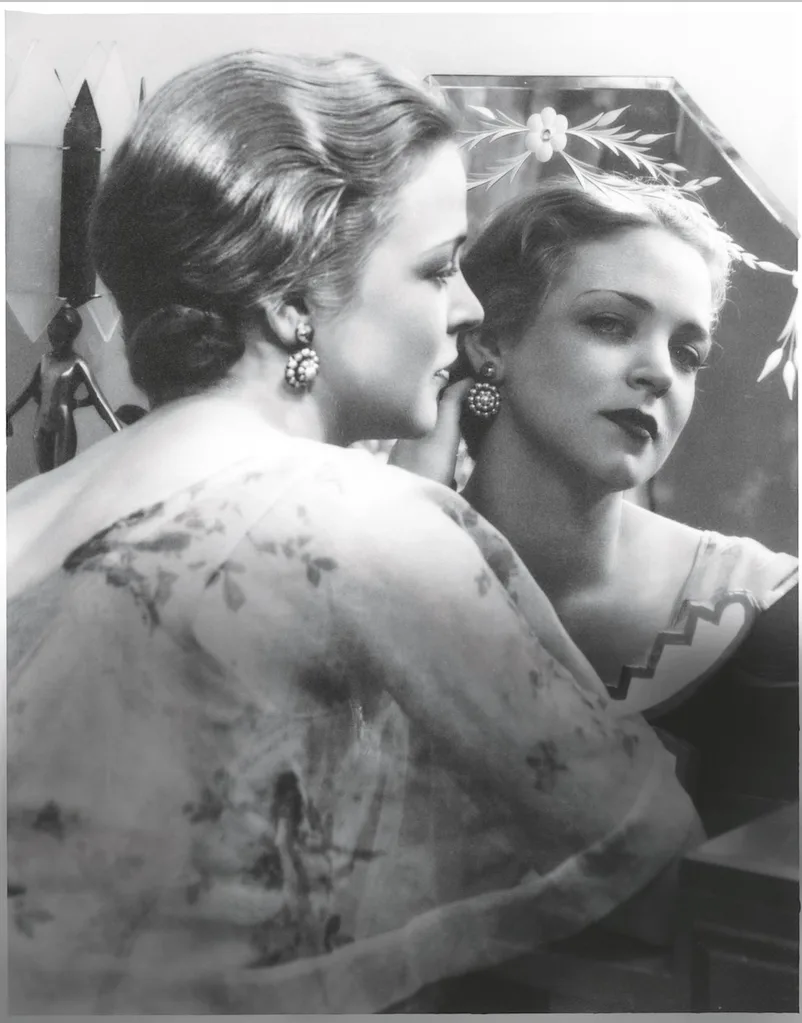
Sally Genevieve Finney was born in Kansas City in August, 1907. Believing there was more to life than the plains of her home state, she left Kansas and the struggling family beauty business in 1922 when she was 15 and headed for the excitement of Los Angeles. The movie industry was booming in LA and Sally, a classically trained dancer, found work in films and stage shows such as Beverly Smiles, Peggy-Ann, Friendly Enemies and Spring is Upon Us. She also showed early business smarts and independence, setting up a dance studio and securing work as a choreographer. Sally married her first husband, Eugene Gunther, in 1927, but they divorced two years later.
In the early 1930s, Sally started writing “Your Candid Mirror”, a column for the Los Angeles Times. Full of pithy advice and sharp observations, her 90- plus columns for the newspaper captured her no-nonsense approach to glamour, cosmetics and life. “Self- consciousness is really a form of ego … It means thinking about yourself so much that you think everyone is thinking about you, too … I’ll tell you something that was taught to me when I started on stage years ago: ‘Do all your thinking about yourself before your dressing- table mirror; when you go out, think of other people.’ I have found it a very good rule to follow.”
Sally valued personality above appearance: “Personal charm often is more desirable than startling physical beauty … If I were asked today to select my most thoroughly charming friend, I believe I should have to pick a woman widely known in the theatrical world who could never win a beauty prize, but who makes you utterly forget nature’s shortcomings.”

In 1933, Sally married Adolf Hansen, a doctor and surgeon who had been an amputee since the age of 12 – unbeknown to most of his friends, Mr Hansen wore a prosthetic leg. He was known as a ladies’ man who loved to dance, and was both handsome and charismatic. Adolf, who already had a daughter, Janet, who Sally treated as her own. They were a joyful and lively couple, hosting glittery Hollywood parties at their home, a Spanish-style mansion that Sally designed.
For Sally, life was all about being “able to seat yourself at the family dining table and look like the perfect hostess and go to the most wicked nightclub in the world and retain the same charm”. She moved between different worlds with ease – as much at home fishing at Adolf’s oil well in Montana as she was in a nightclub in Havana. Everywhere she went, she made an impression.
Sally acquired her family’s struggling perfume and cosmetics business, La Finné, when she was 28, and changed the name to House of Hollywood. With help from her brother William, a pharmacist, and Adolf, she launched a line of “medically formulated cosmetics” and oversaw the manufacture and distribution of three lines of beauty products, targeted at three different markets. House of Hollywood was a success. In a matter of years, Sally was managing the largest factory of its kind in the US and, true to form, she did it her own way. She hired as many women as possible, including employing a woman as the head of the factory. She was remembered as an eccentric, given to dancing on conference tables and changing her mind on a dime, but always well dressed and impeccably groomed. As the LA Times said in 1938, “she manages a huge factory … and through all maintains that ‘gardenia’ freshness in appearance.”
It was a busy era. Along with running the company and writing her column, Sally also served as the rst female chair of the California Cosmetics Association. Not one to stand still, in 1941 Sally assumed corporate control of House of Hollywood, became its president and took the company nationwide. The business continued to grow and its leader prepared for the next step in her career: New York. But Adolf wanted to remain with his established practice and patients. The couple divorced amicably and, in 1945, Sally moved alone to Gramercy Park in New York while Adolf stayed in Los Angeles and married their secretary.
The move to New York was the right one, professionally and personally. In the divorce, Sally got the rights to the company that would become Sally Hansen, Inc and, in 1946, set to work on promoting her brand. In 1947, she married her company’s graphic designer, Jack Newton – handsome, talented and 11 years her junior. Jack continued working for the organisation, eventually designing the label for the rst run of Sally Hansen’s Hard As Nails, released in 1957. Sally said, “I was one of those women who always
used to be breaking nails. That’s why I had such an interest in a product that really stopped nails from chipping and cracking.” Inspired by that early frustration, Hard As Nails is still an iconic product.
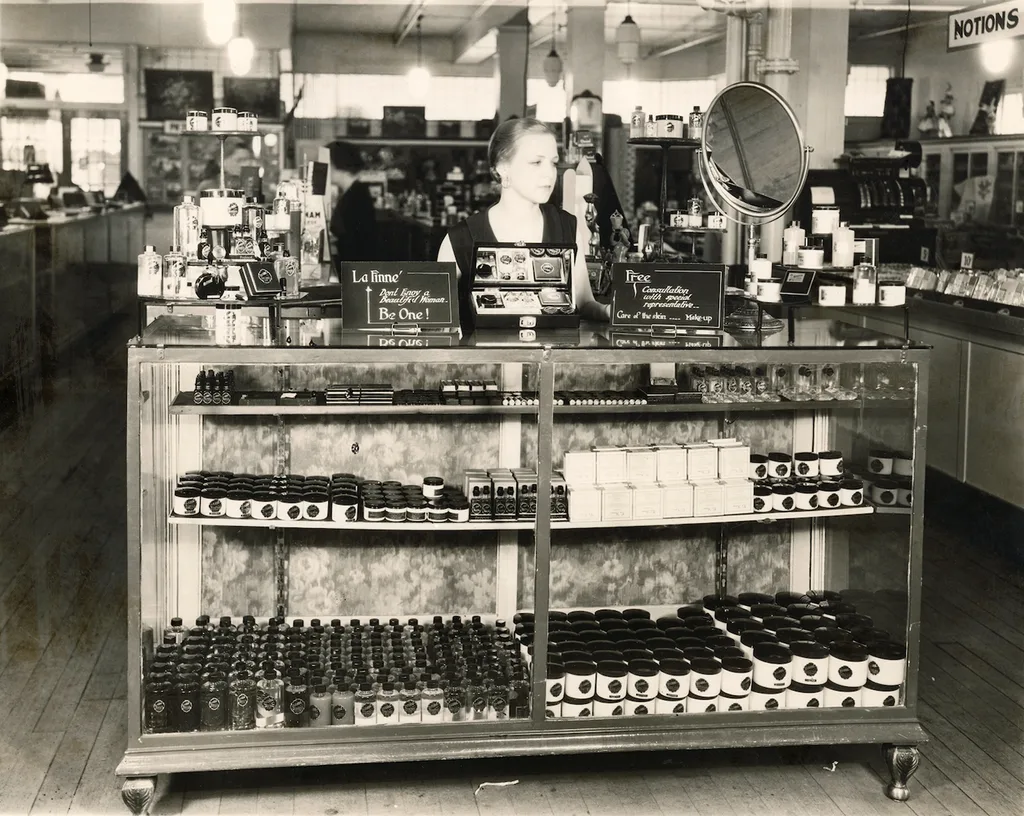
The years with Jack in New York were full of fun and adventure. Her business was thriving and Sally, it seemed, took her own advice: “Here is a beauty treatment for your mind. Look out the window and enjoy the golden colours of the sun setting. These little things bring true happiness.” She and Jack travelled widely, looking at sunsets around the world together. They visited India, France and Egypt and especially loved going to Asia, where they collected artefacts. Sally embraced Jack’s family, and it seemed the appreciation was mutual. Jack’s father, in particular, admired his intelligent, successful daughter-in-law, and Sally and Jack often travelled with Jack’s parents.
It was a whirlwind until the middle of 1963, when she was diagnosed with lung cancer. Perhaps suspecting she was unwell, Sally sold her company in 1962 for US$1,425,000, the equivalent of more than $12.7 million today, and registered The House of Newton. The new company didn’t take off. By the end of the year she was dead, and Jack didn’t continue the business on his own. With no children, Sally disappeared from public consciousness, kept alive only by her eponymous products, which continued to sell throughout the world. It wasn’t until 2014, when Jeremy Lowenstein, vice president of Global Marketing at Coty, started to investigate Sally’s life that her story was discovered and, with it, the last chapter of her life.
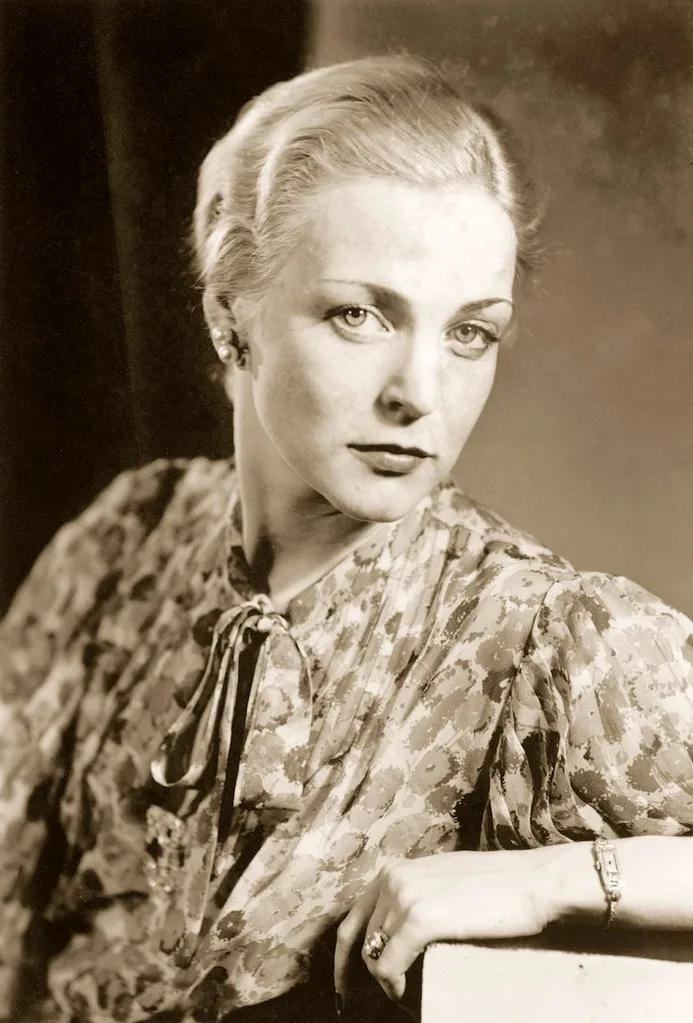
Sally had bought a joint plot for her and Jack to be buried together, but it wasn’t to be. Both names are on the gravestone, but Jack’s nal date is blank: his family claimed his ashes when he died in 1991 and Sally remained alone, until now. For Jeremy, one of the greatest rewards of his investigation was sweeping away the dirt from Sally’s grave, remembering the woman who had ignored the constraints of her era to create an enduring legacy and build a life of glamour, fun and independence – all from her love of beauty.
This article originally appeared in the January 2018 issue of Marie Claire Australia.

